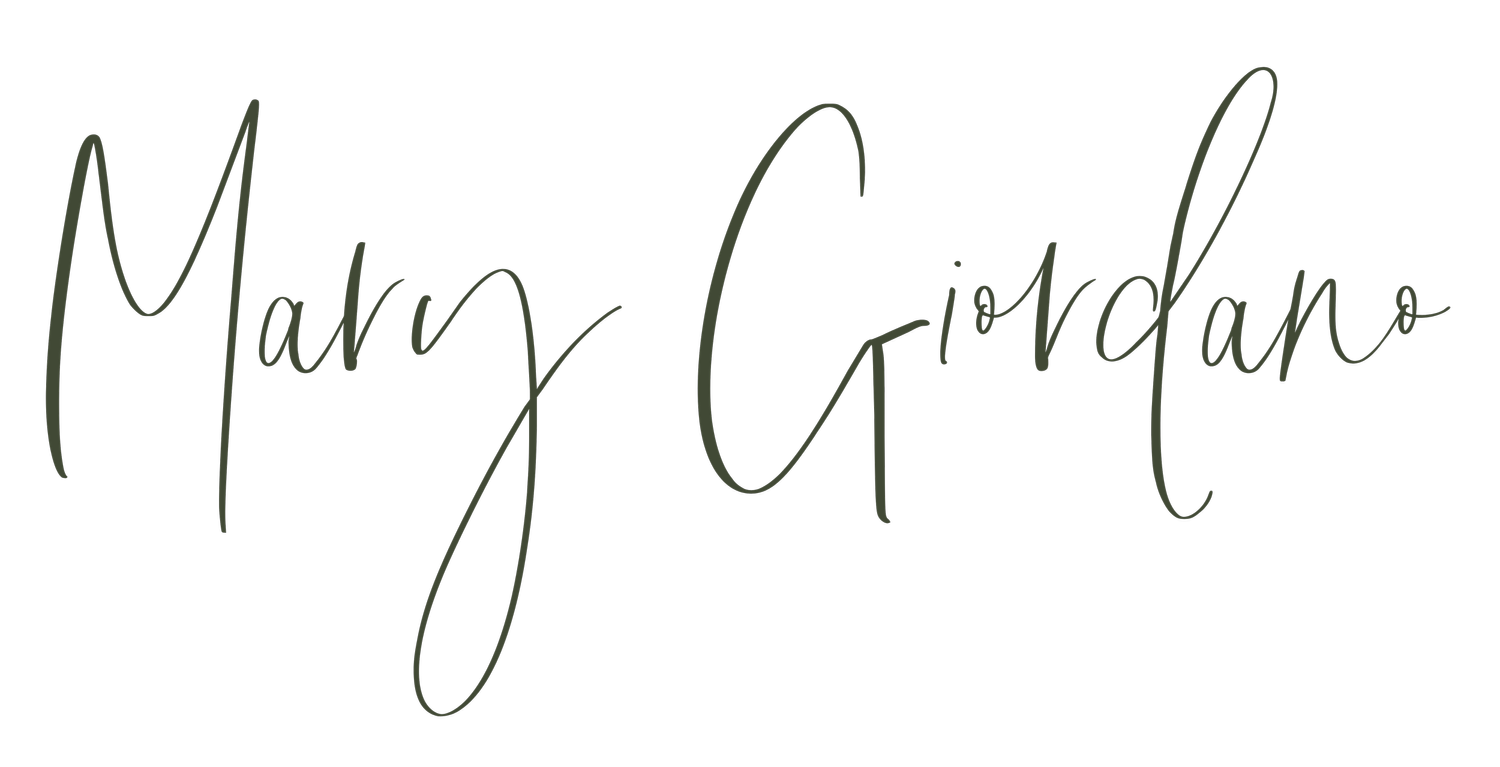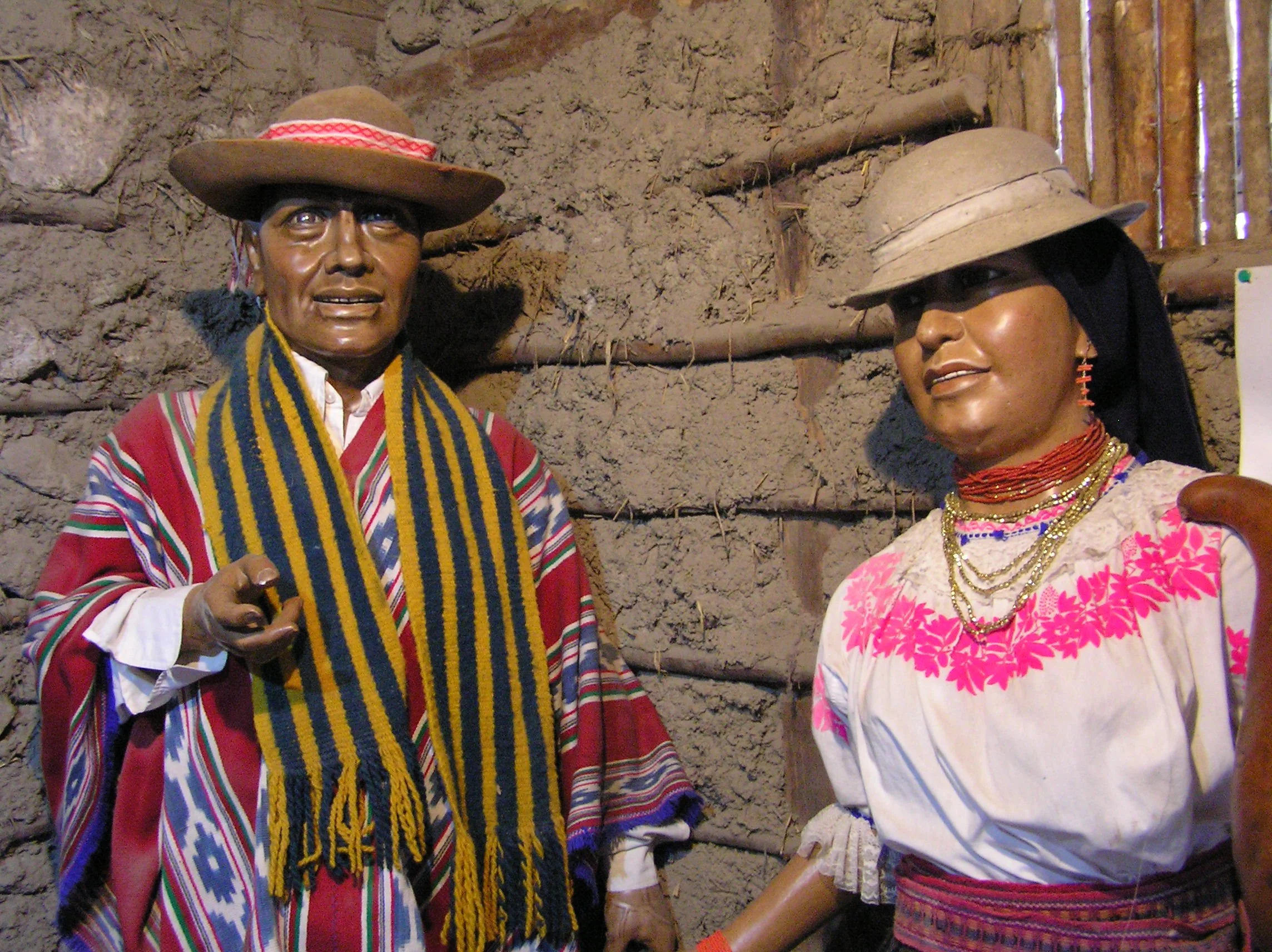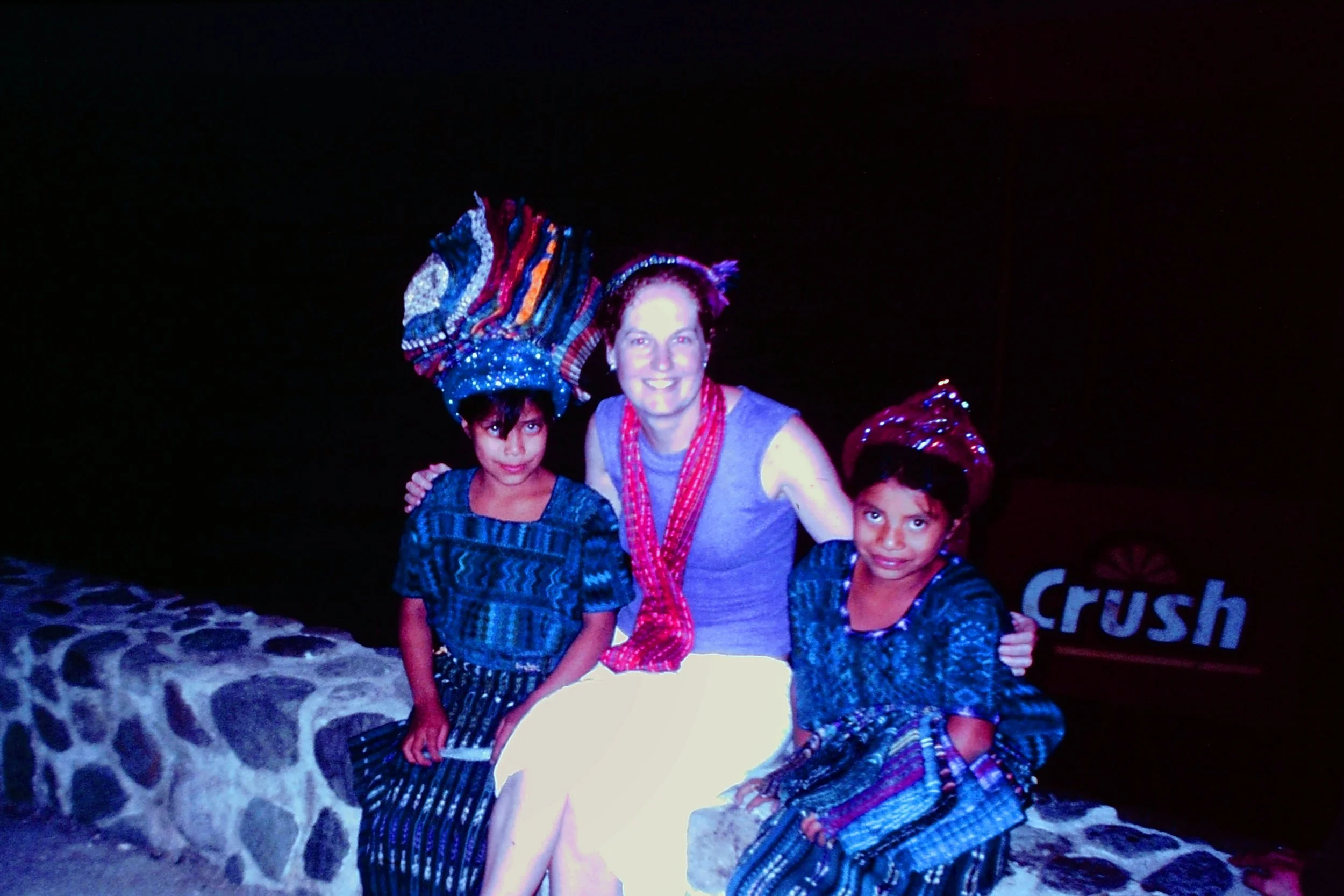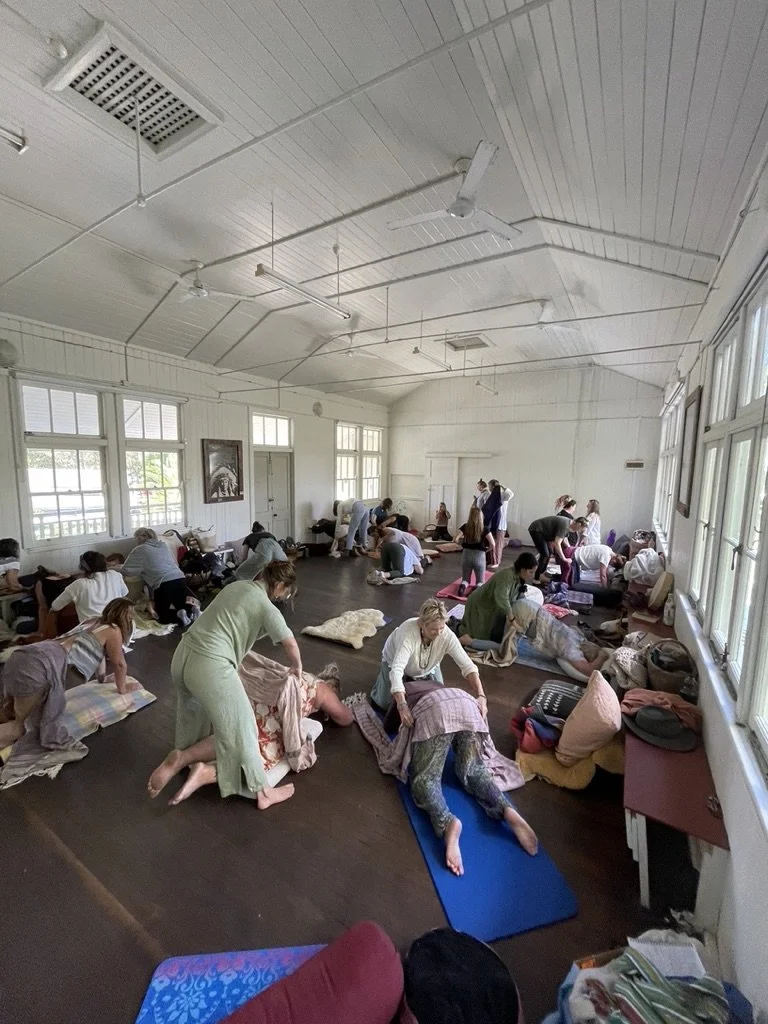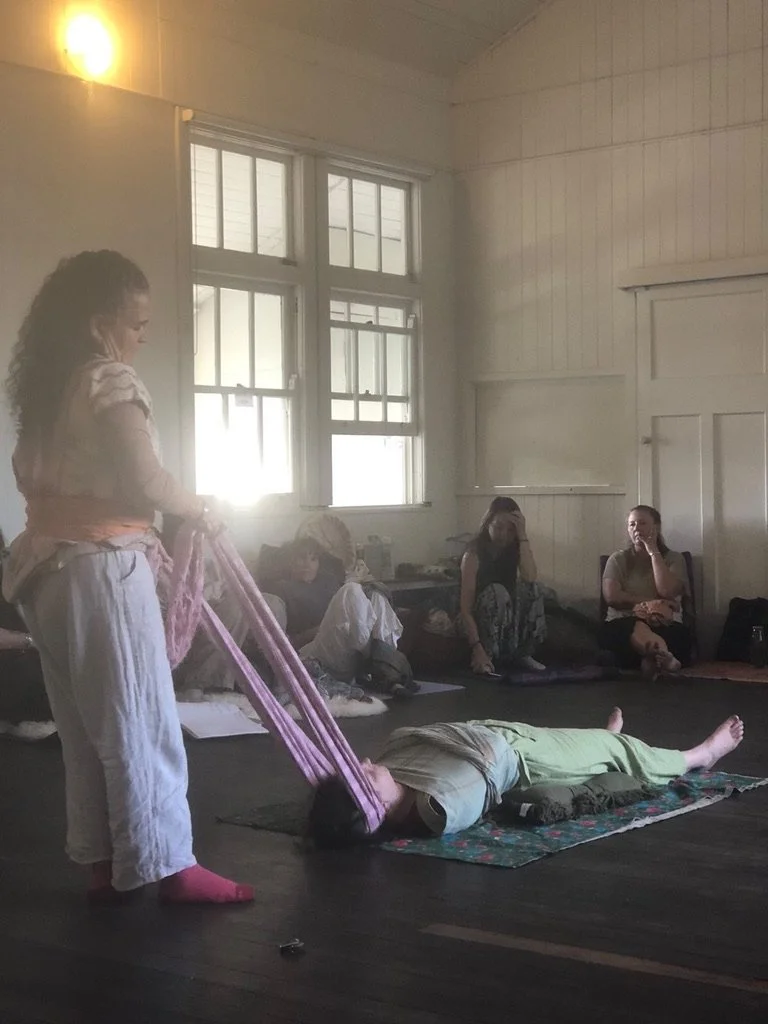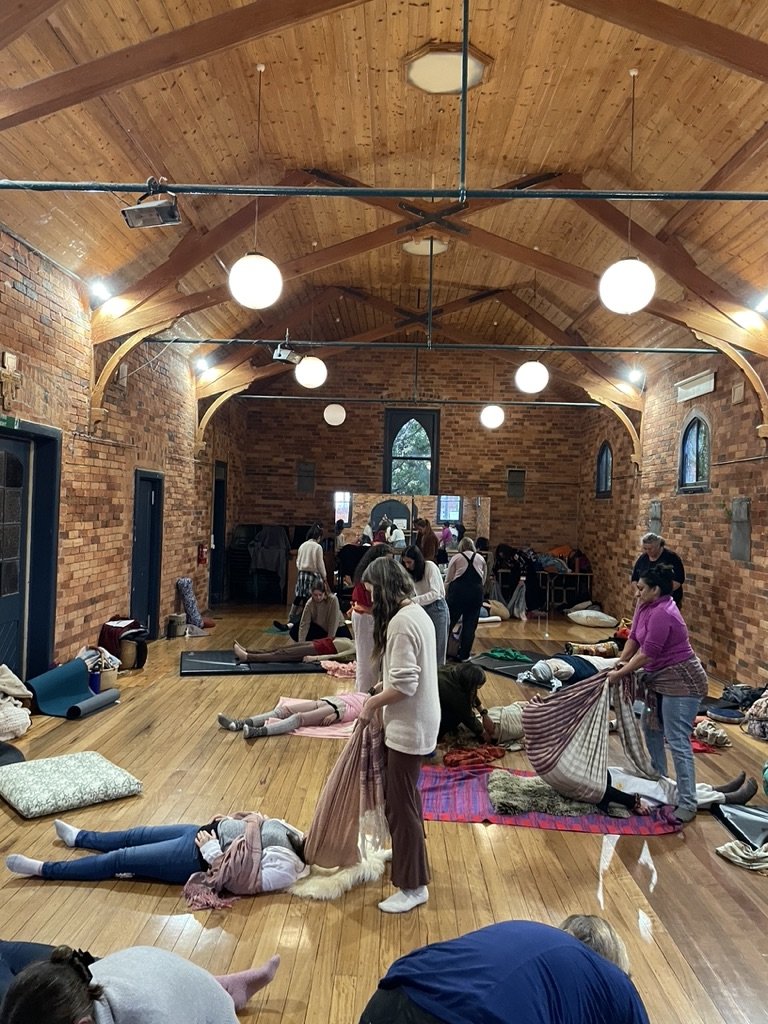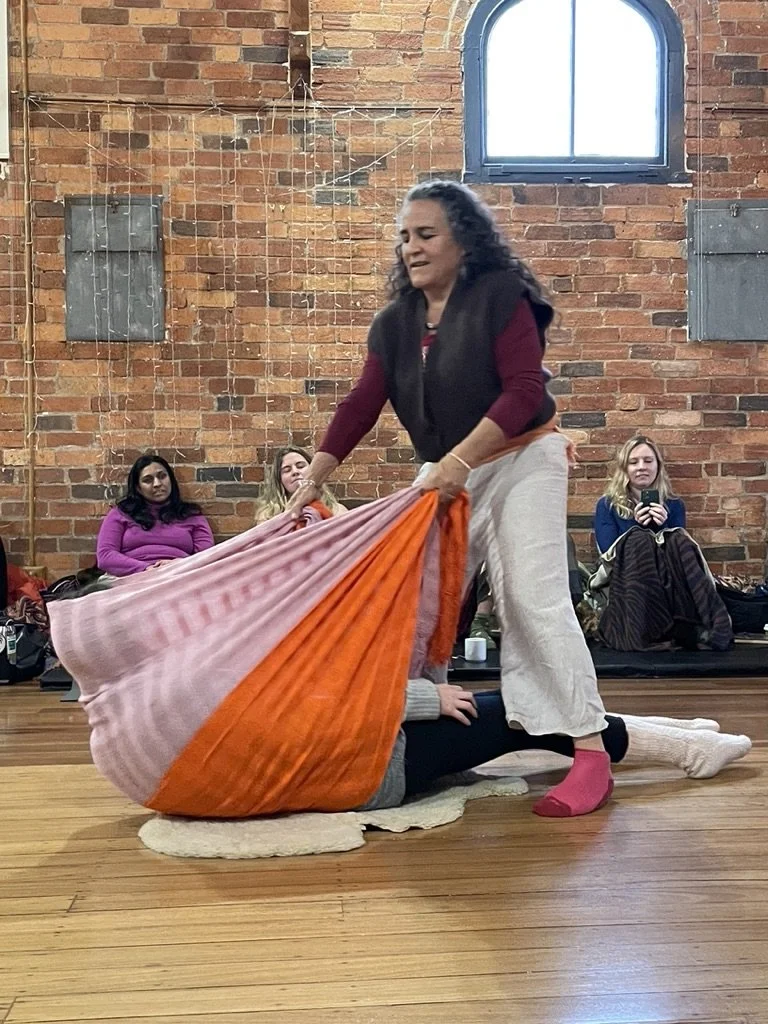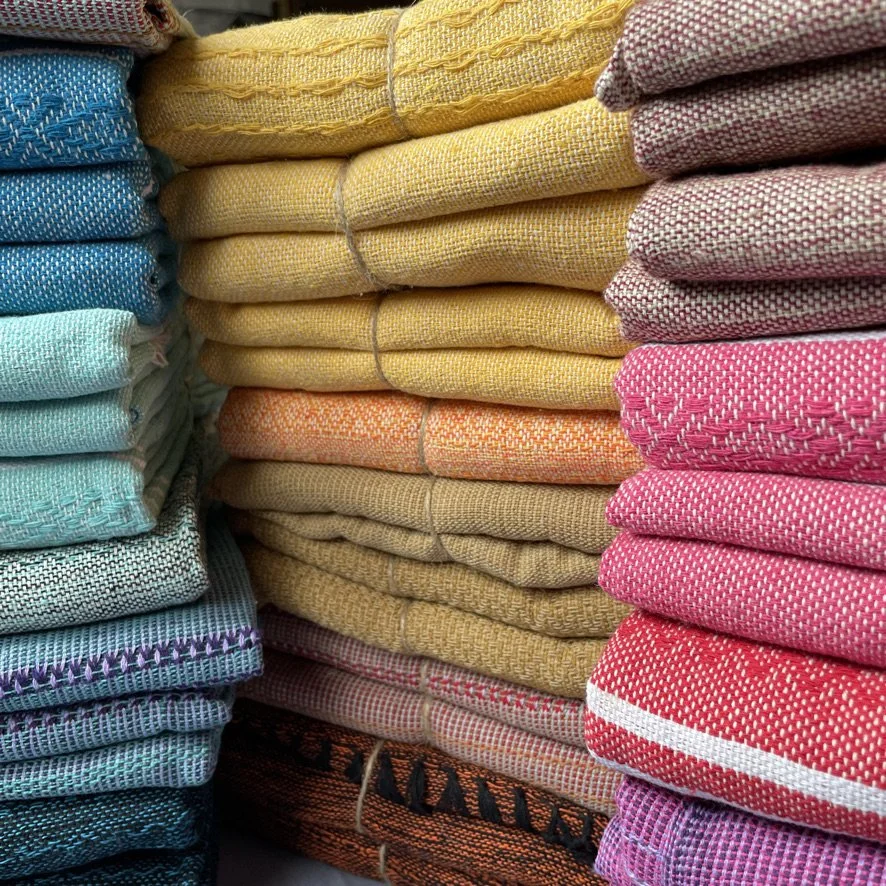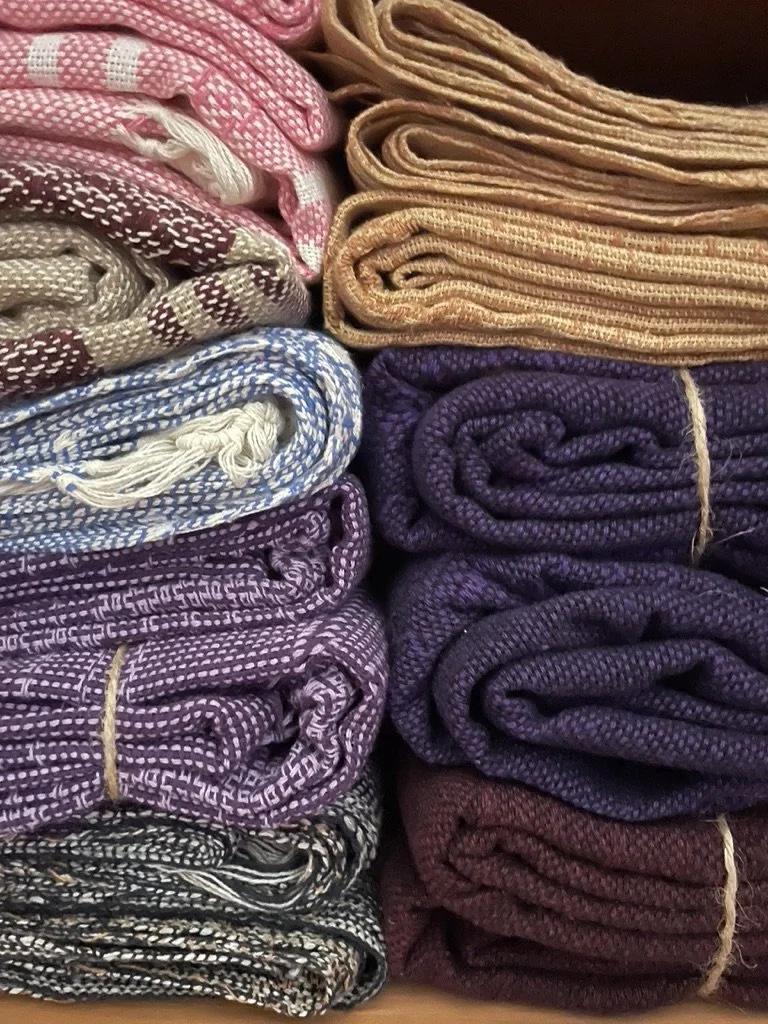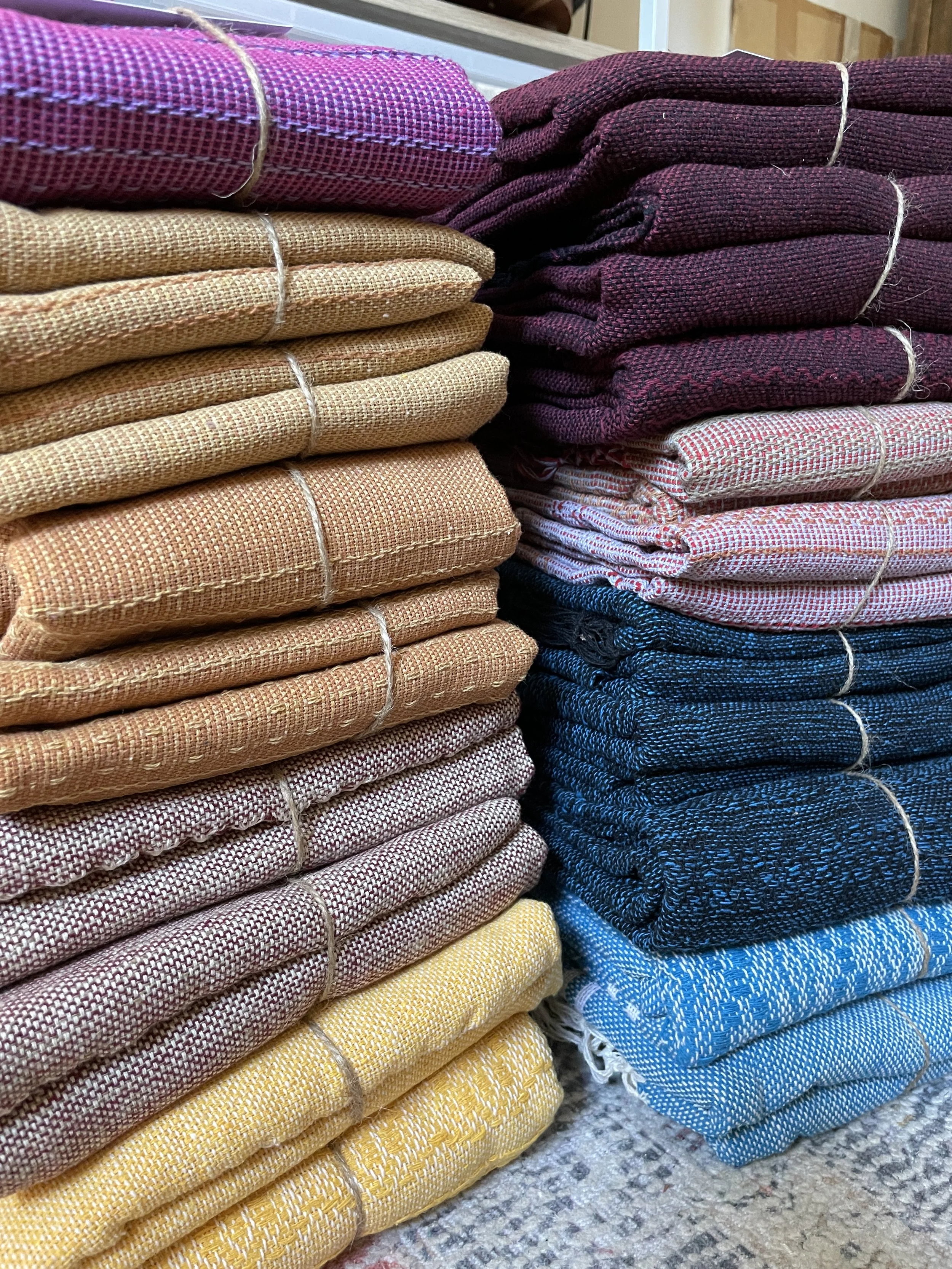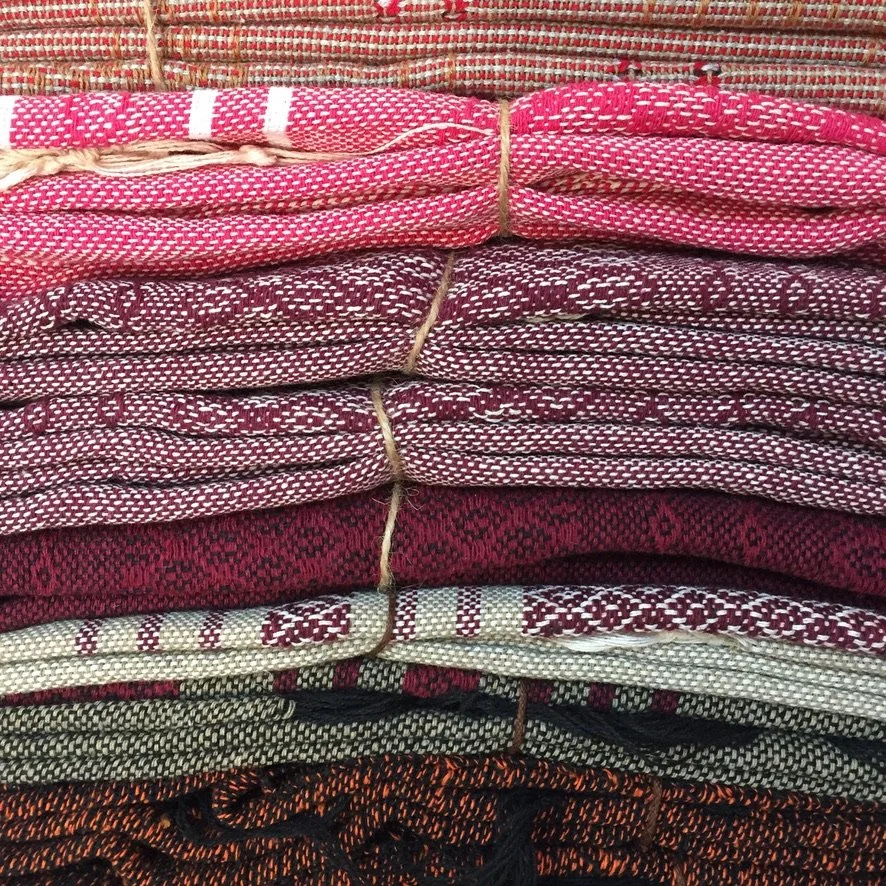Historical and Cultural background of the Rebozo
Rebozos, shawls, traditional and/or indigenous textiles, woven fabrics and the stories they hold have fascinated me for as long as I can recall. I remember being fascinated by my mother’s woven shawls and when I was learning to sew as a young teenager I was always drawn to the delicate handwoven fabrics, even though they weren’t always the easiest ones to manage. However, my real interest in indigenous and traditional textiles really took off back in 2000 as a young 18-year-old whilst living in Mexico on a yearlong exchange program and immersion into Mexican life and culture. In many ways, that single year changed the course of my life for it was that experience that awoke in me a deep intrigue and curiosity of other cultures and ways of life and the experience of learning a new language through total immersion was one that would lead to several other similar experiences in other parts of the world in the coming years. It was also the beginning of my love affair with Latin America generally but with Mexico specifically and one of the things that has stayed with me over the past twenty five years is my passion and interest in the woven textiles traditionally worn and used by women during the various passages of their lives. I remember spending hours upon hours wandering through the museums of woven textiles in Mexico and neighbouring Guatemala as well as the shops with clothing for sale made from woven fabrics adorning all of the walls from floor to ceiling. I would wander around inside chatting with the shop keepers and stroking the fabrics, imagining the stories they held within. At the extraordinary museum of Anthropology in Mexico City I spent hours reading about the history of the woven textiles and the way they have been used and adapted since colonisation. Later, while living and working in a backpacker’s hostel in Bolivia, I would regularly visit the local markets and sit down to chat with the cholitas (indigenous women) about the significance of the patterns in their garments and other woven wares. In other parts of the world I also sought out weavers during my travels.
Many years later while studying anthropology at university, I had to undertake an ethnographic research project and I did some preliminary research on the viability of doing a study about the use of traditional woven textiles by migrant and refugee women in Australia as a representation of their cultural identity. While this topic proved to be unsuitable for that particular project, it is one I am still very interested in pursuing and I would love to return to university to undertake a Masters of research at some point specifically to explore the use of woven textiles across cultures, but my focus has now shifted to the way they are used to support women through their childbearing experience as a significant rite of passage. Suffice to say my interest in the rebozo is long standing and since I am now distributing this product in Australia, I wanted to write a blog post to offer some historical and cultural perspective to its use, as well as some important considerations to have when using it.
The rebozo is thought to have originated in the early colonial period and was likely born through a coming together of various cultures at the time. There were various indigenous garments that shared characteristics with the rebozo, made of different fibres and known by different names, but these didn’t usually have the characteristic fringes of the rebozo, which are thought to have Hispanic influence. While the rebozo was mostly used among the lower classes initially, by mestizo* women in an effort to distinguish themselves from indigenous women, by the 18th century is was commonly used by women among the lower and middle classes, with the kinds of fibre and weave distinguishing them. The most common fibres used were cotton and silk and some even had ornate embroidery in silver and gold thread. Sometimes the rebozo was offered to a woman for a wedding proposal instead of a ring and interestingly these days a way of determining the quality of a premium silk rebozo is to check how fine it is by passing it through a ring. By the 19th Century the rebozo was emerging as a characteristic of a Mexican woman’s identity, generally thought to make her movements more graceful and often used to cover her head in church. It was also emerging as a valued handicraft and its use was spreading south into Central America. It had also become a symbol of Mexico’s struggle for independence. During the Mexican revolution in the early 20th Century, rebel women used rebozos to carry babies, as well as for smuggling weapons passed checkpoints.
Indigenous Mexican Woman in a Rebozo
Photograph taken (by me) of an artwork at the Museum of Anthropology, Mexico City 2005. Unfortunately I don’t recall the name of the artist (credit unknown). As you can see almost all of the women are adorned with a rebozo, or using one to carry something in.
Frida Kahlo in a Rebozo
These days the rebozo can be found all over Mexico with varying styles and colours according to traditional local styles. Despite its symbolism, its regular use among urban women has diminished while its use among indigenous women remains as popular as ever and it is often thought to accompany a woman for the duration of her life given its common use through pregnancy, birth and baby carrying as well as for use as a shroud at death. The art of weaving a rebozo is an oral tradition, taught by repetition, practice and observation and the time taken to complete a traditionally handwoven piece can vary from weeks to months depending on the design and the type of fibre being used, as well as the style of loom, either Backstrap or European types. These days rebozos have two primary functions, as a garment, and for carrying things in. However, among mestizo* and indigenous women in rural areas, it is also used widely as a shawl or blanket to provide warmth, over the head to protect oneself from the sun and for modesty, and to accessorise an outfit.
Outside of Mexico, the use of a rebozo to support pregnancy, birth and for baby carrying has gained popularity in recent years. That is probably what led you to this blog! Traditionally in Mexican midwifery (partería) it is used to support a woman’s body during pregnancy by folding it lengthways and wrapping it very tightly under the belly and around the hips. This provides support and stability and can offer relief from discomfort in the lower back and hips, as well as securing heat packs or similar in place. During labour the rebozo can be used in many ways: It can be wrapped around the back and held by the tails by a support person in front, like an extension of loving hands and arms into which a woman can relax; It can also be hung from a high point and then held to provide stability whilst squatting and moving/dangling; It can also be used to gently shimmer the belly and/or the hips to help provide relief from discomfort and to encourage the baby to move, only if needed. During the postpartum adjustment, the rebozo can be used to wrap around the belly to provide much needed support while the body slowly moves itself back into the pre-pregnancy state and the same rebozo (or an additional one) can be worn to carry a baby inside, either on the chest or the back. Like the teachings of weaving a rebozo, the wisdom for using it to support the childbearing rites of passage are also passed on through oral transmision from midwives and grandmothers to their daughters and granddaughters or the women they serve.
One of antama’s artisans, Doña Socorro. Her family has dedicated in making rebozos and other textiles for more than 45 years. Photo credit antama.
Having mentioned this, is it important to be aware of cultural appropriation, or using something of cultural significance to another group without understanding the historical context and significance of that object, and giving appropriate credit to the people whose traditions and wisdom you are accessing and sharing. Cultures that have been systematically oppressed by dominant others, especially indigenous cultures since colonisation, are often exploited by the outsider who fails to give minority groups the credit they deserve for products or practices, and robs them of remuneration, both of which contribute to deep cycles of poverty and unemployment and exploitation. Further, the onus is on the person ‘borrowing’ from another culture to find out essentially if they are permitted to do so, and also to understand one’s motivations for ‘borrowing’ in order to check if doing so can be considered harmful to the ‘other’. If we expect people from appropriated cultures to explain why cultural appropriation is harmful, we are perpetuating the power imbalance that is at the root of this issue. In order to do this, birth workers who use the rebozo in their work should ensure that they learn about the history of the rebozo and the ways it is traditionally used and, where possible, to learn their skills from genuine holders of knowledge. It is also important to ask oneself why you feel called to use something, or practice something, and recognise with honesty and humility if it is a calling and something you’re prepared to do respectfully with the above mentioned points in mind, or if you want to do it because it is a trend that you want to be a part of.
If you would like to learn such wisdom and are not in a position to travel to Mexico to learn in person, I highly recommend you join the online workshops in the Art of Birth by Naolí Vinaver. Naoli is a Mexican midwife well known for her work combining traditional and contemporary midwifery and the Art of Birth is a unique and comprehensive online resource, sharing her didactic, practical & technical wisdom, combined with traditional midwifery practices, including the use of the rebozo. You can register for the online Art of Birth workshops here. I also brought Naolí to Australia for the first time in 2003 to teach a series of workshops to local birthworkers. We travelled across three states of Australia where she taught just over one hundred birth keepers the art of the Rebozo and Closing the Bones. I am excited to announce that she is returning again this year for another series of workshops in April & Mary and I’m sure it will be another extraordinary time learning together for everyone who attends. I highly encourage you to check the various workshop opportunities available here!
Finally, twenty years after first living in Mexico and discovering the beauty of traditional Mexican textiles, I started distributing a range of ethically designed and produced handwoven cotton rebozos, crafted according to traditional techniques by local artisans in the highlands of Oaxaca, in southern Mexico. I have been in partnership with this company, antama, for four years now and it is an honour to be able to bring these high quality and beautiful pieces to Australia to support parents during pregnancy and postpartum, to support the work of doulas and midwives locally, to support the work of the artisans producing the pieces, and to meet the needs of baby wearers and anyone else looking for high quality woven shawls. These are not the typical mass produced rebozo that you tend to find online, but carefully crafted premium pieces produced in limited editions, by families who have been weaving rebozos for generations and who enjoy sustainable work in excellent conditions. If you’ve been thinking about getting yourself a rebozo, I strongly recommend one (or a set) of these. It will last you a lifetime!
>> You can find them in my shop <<
Shipping available within Australia & New Zealand)
Your Doula Business Mentor
To discover some of the many ways I can support you in your Doula / Birthworker Business, click here!
To find someone to ‘Close your Bones’ in Australia who has been trained under Naolí, click here.
*Mestizo - Of mixed indigenous and European descent
Sources:
https://mayancopal.com/blogs/news/mexican-rebozo-history
https://www.mexican-clothing-co.com/mexican-rebozo.html
https://www.geoenciclopedia.com/historia-del-rebozo/
https://culturacolectiva.com/historia/la-prenda-de-mexico-el-rebozo
https://antamashop.com/blogs/antama/rebozo
http://www.mexicantextiles.com
Further Learning:
Video by traditional Mexican midwife Angelina Martinez Miranda: https://www.youtube.com/watch?v=4xbmYqe7IZI
Beautiful contemporary garments woven using traditional techniques: https://www.carmenrion.com/
